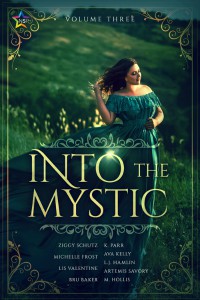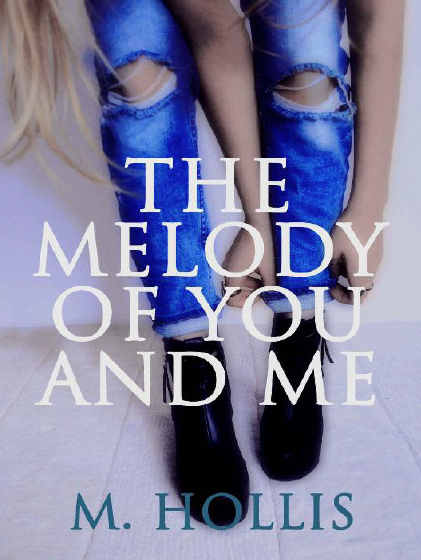Her ghost had once told Clotho that no proper ghost story has a happy ending, because ghosts don’t end. It’s no secret that I have a soft spot for fantasy, paranormal and fairytales, so of course I had to pick up an anthology that has nine F/F stories with paranormal elements. While the stories hadRead More
Shira Glassman reviews Ripped Pages by M. Hollis
Ripped Pages is a cute addition to the thank goodness growing collection of YA where a fairy-tale princess’s happy ending is with another girl. I’ve said before that since for so many of us, fairy-tales are our first exposure to romance, whether it’s bedtime stories or Disney movies, and that means for those of us whoRead More
Julie Thompson reviews Ripped: A Rapunzel Retelling by M. Hollis
Modern-day fairytale revisions let us see ourselves more broadly reflected. My favorite stories include rows upon rows of crowded bookshelves and women who happen to be in a pickle, but aren’t afraid to ask for help in kicking down the tower’s front door. I also love stories with more than one swashbuckling heroine. M. Hollis’s Ripped:Read More
Lauren reviews The Melody of You and Me by M. Hollis
Meet Chris Morrison, a young music lover who works at a bookstore and takes life in as it happens. When Josie— an attractive, high-spirited and easy-going ballerina— is hired at the bookstore, Chris falls head over heels, often losing her wits in the awkward butterfly moments. This leaves Chris caught in the middle of aRead More


